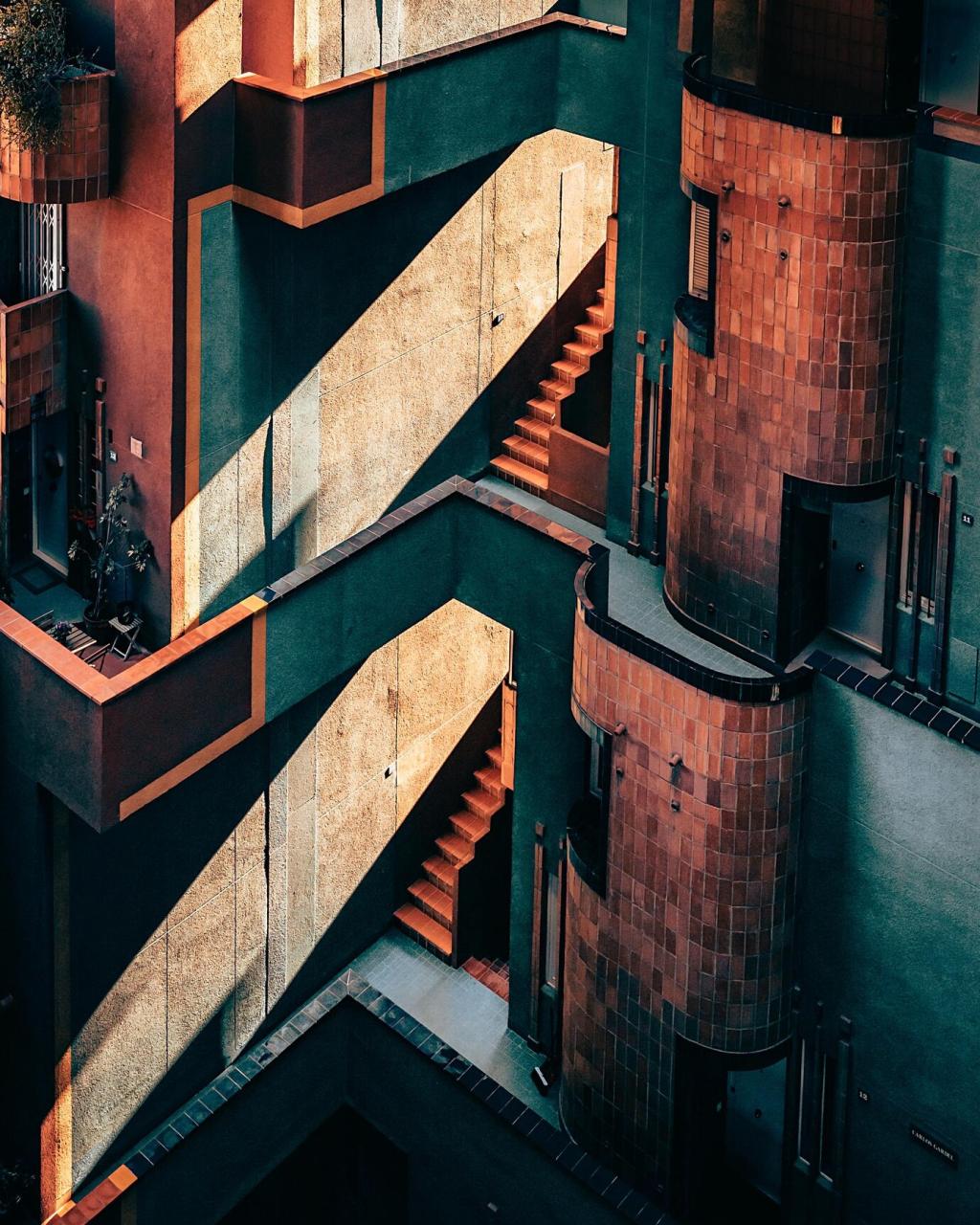
Modern Sauna Building Techniques: From Blueprint to Bliss
Chosen theme: Modern Sauna Building Techniques. Step into a world where craftsmanship meets comfort, and every detail—from vapor barriers to bench ergonomics—creates a sanctuary of heat, health, and hospitality. Subscribe to follow the full build journey and share your own sauna goals.
Planning, Siting, and Codes for a Future-Proof Sauna
Place the sauna where access feels natural and privacy is easy—near a shower or plunge, away from prevailing winds, and oriented for safe pathways in winter. Consider solar exposure, snow shedding, drainage, and a short electrical run. Comment with your siting dilemmas.
Planning, Siting, and Codes for a Future-Proof Sauna
Modern Sauna Building Techniques respect local codes, heater clearances, tempered glass requirements, and GFCI protection for nearby outlets. Verify ventilation rules, emergency shutoff location, and smoke separation from living areas. Ask questions below if your jurisdiction’s guidelines seem confusing.


Materials and Thermal Envelope that Endure Heat and Humidity
Aspen, alder, and thermo-treated ash or aspen stay cool to the touch, resist splinters, and avoid resin bleed. Western red cedar offers aroma and stability. Avoid knotty, resinous species for benches. Share your favorite board profiles and why they perform best in your climate.

Materials and Thermal Envelope that Endure Heat and Humidity
Mineral wool paired with a continuous, taped aluminum vapor barrier creates a resilient envelope. Leave a small service cavity for wiring, then add tongue-and-groove cladding. Avoid polyethylene near high heat. Proper seams stop vapor drive and keep structure dry. Save this layering order for reference.


Heating Systems and Smart Controls
Electric heaters offer convenience and steady control, wood-fired gives ritual and aroma, and infrared panels warm bodies quickly but shift the traditional feel. Modern Sauna Building Techniques often blend electric with thoughtful ventilation. Tell us which heat speaks to your ritual and why.
Heating Systems and Smart Controls
Calculate volume in cubic meters and match to kilowatt rating, adding capacity for glass or stone mass. Insulation quality and ventilation losses affect warm-up time. Schedule preheat for gatherings. We once cut heat-up by twenty minutes using tighter foil seams and a smaller exhaust.
Place intake near the heater’s base to feed combustion or electric convection, with a high, opposite exhaust for crossflow. Aim for balanced airflow and six to eight air changes per hour depending on use. Share your ventilation sketches for feedback from fellow builders.
Ventilation, Moisture, and Mold Prevention
Slope the floor subtly toward a drain, apply liquid-applied waterproofing up the walls, and use epoxy grout in wet zones. Removable duckboards dry fast. A coved wall-to-floor transition reduces seams. Ask for our step-by-step moisture map to plan your wet area details.
Ventilation, Moisture, and Mold Prevention
Construction Details: Framing, Benches, and Doors
Ergonomic Benches and Support Geometry
Upper benches around 950–1050 mm offer headroom under the ceiling, with comfortable backrests and rounded edges. Provide a footrest for thermal comfort and safe stepping. We refined a client’s layout by adding a mid-level perch. Share your favorite bench heights and why they work.
Thermal Breaks, Framing, and Service Cavities
Stagger studs or use a thermal break between exterior sheathing and interior framing where possible. Add a shallow service cavity to protect the vapor layer while routing cables. Pre-plan penetrations. Request our penetration checklist to keep the foil barrier intact and continuous.
Glass Doors, Seals, and Hardware Built for Heat
Choose tempered or laminated safety glass, high-temperature magnetic seals, and self-closing hinges that maintain draft paths. Wood handles stay cool to the touch. Remember undercut clearance for airflow. Post a photo of your door detail if you want community guidance on gaps and seals.
Lighting, Finishes, and User Experience
Indirect lighting behind backrests and beneath benches reduces glare and enhances calm. Choose IP65 or better fixtures and keep drivers outside the hot room. Warm color temperatures soothe. Interested in our diffuser profiles and mounting clips that survive heat? Subscribe for the PDF.
